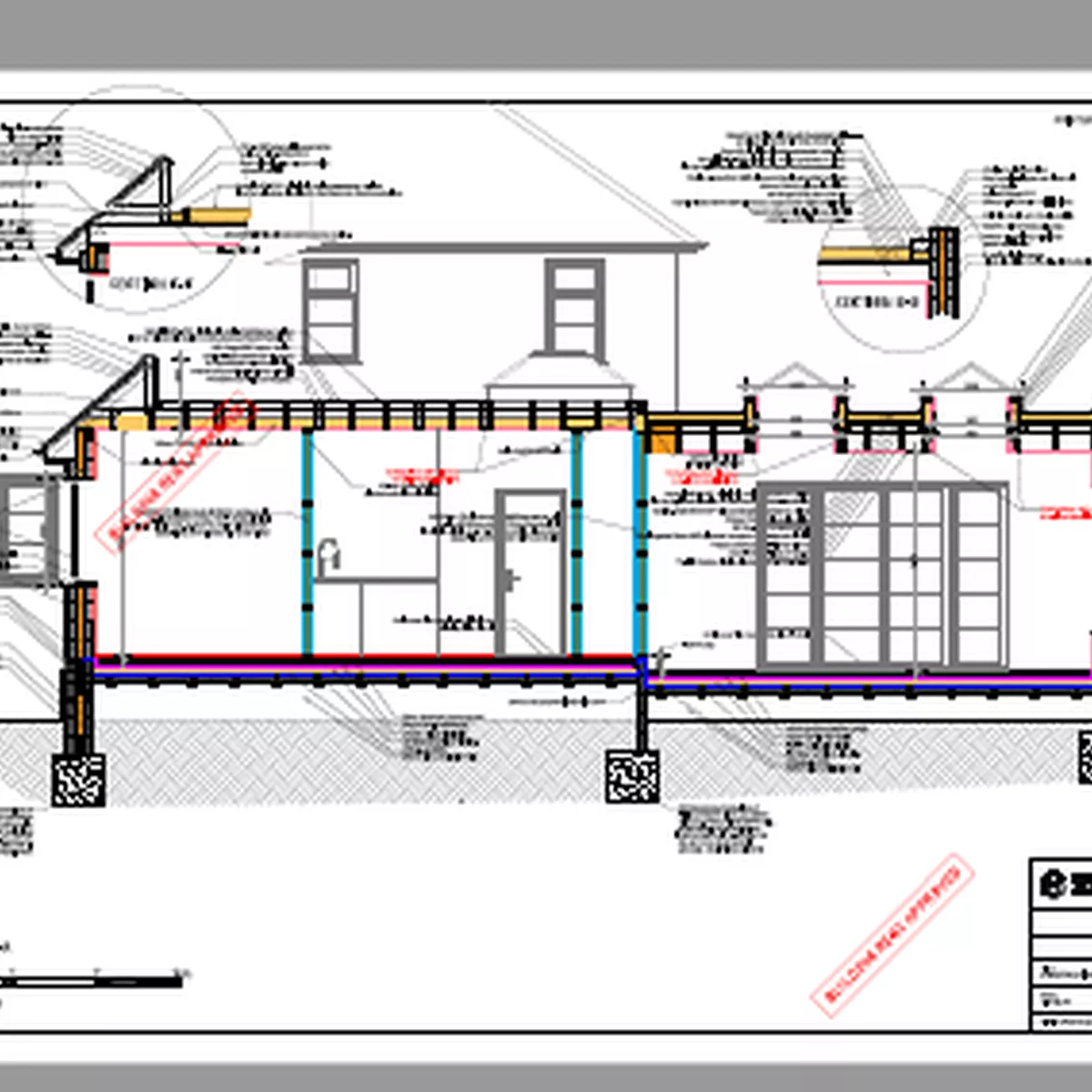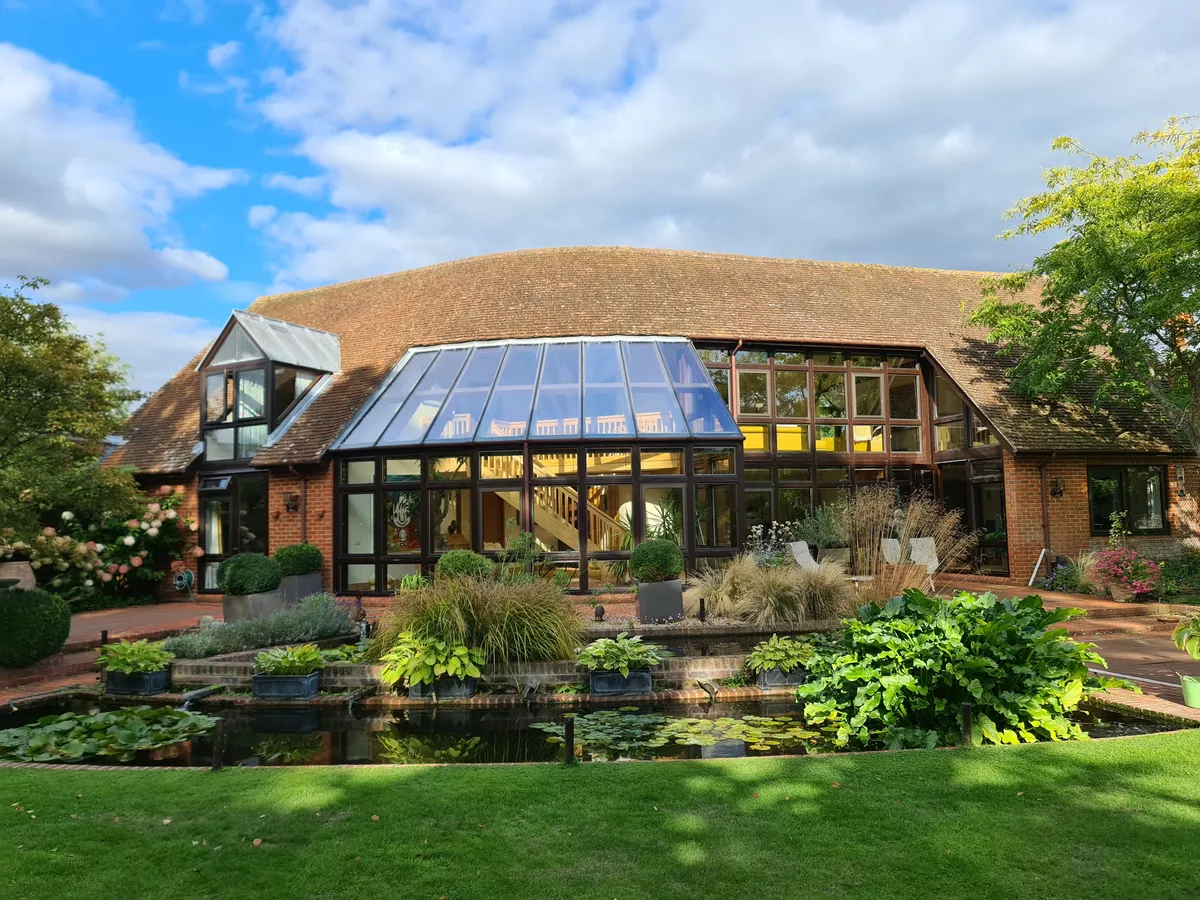The New-Build Planning Permission Loophole In Basingstoke & Deane Bourgh Council
Do you have land in the Basingstoke & Deane Borough Council area?
It may well have the potential for a small scale new-build housing development while a current planning policy loophole exists.
For the last 2 years, Basingstoke & Deane (BDBC) has not had a new-housing supply policy. The legal requirement to demonstrate a 5-year supply of housing sites to meet its targets set by the Government was not being met by BDBC, so the national Planning Inspectorate has deemed its land supply policies as ‘out of date’. Although BDBC have clawed back to around a 4.7year supply they are still short and their new housing supply policy might still be 2 years away from getting a new plan approved, (due to complex requirement to consult with all of its district’s communities.)
What does this mean?
What this means is that instead of judging a planning application for new housing by local BDBC rules, applications are being assessed by the National Planning Policy Framework (NPPF), which is very simple and follows a simple (in theory) assessment of balance of ‘benefit’ and ‘harm’.
Rules that normally would have prohibited new housing being built in the countryside outside of recognised settlement boundaries is not normally allowed except in special circumstances, so this is no longer applicable. This doesn’t mean to say that anything is being allowed in the countryside as one of the few rules of the NPPF is that development should not be isolated, but it does allow for small infill development plots for single or small numbers of new housing.
Applications that are being approved at the moment are usually being granted for detached houses on the end of rows, or in gaps in rows of houses on the edge of countryside locations, previously protected from development. (Only large villages or established towns have official settlement boundaries as defined in local planning documents.) As long as an application can show there will not be material visual or environmental harm caused by the new development, the additional piecemeal approvals are ‘benefiting’ the achievement of the required housing target.
Of course, there are 2 sides to this situation, landowners (mostly homeowners) who can capitalise on gaining planning permission for a new valuable building plot and conversely neighbours who had previously assumed the land next to them had been deemed protected from development. Fortunately, the benefit / harm balance will not easily allow for larger or out of character developments.
The process for such large side garden or corner of field applications is the same as normal, with any clear-cut application being judged by the planning officers, although the time taken has stretched from 2-3 months to 4-6 recently due to application volumes for such schemes. Where local objections exceed 5, the applications are passed in the normal way to the planning committee made up of local councillors. Although councillors can be swayed by strong local opinion, they know that denying planning permission in circumstances that pass this new test will likely result in them being overturned by an appeal officer. (Planning appeals are managed by the independent national Planning Inspectorate body).
We currently work with local planning consultants to assess land potential and assist any valid planning applications maximising their chances of success. We are warning that it is possible this land supply issue is closed down early, but without new planning policies on the immediate horizon, this is unlikely to change just yet.
The main problem is for delays in the process as people rush to get their applications in.
At Philip Wadge Architecture, we have already had a couple of planning permission successes under the current rules for new houses, are awaiting an appeal on another and have a handful more in the system.
Of course with extra planning permissions being sought by homeowners rather than developers there should be an increased supply of building plots with planning permission coming on to the market with self-build potential.
Once a planning permission has been granted for a new house, whilst the permission is still valid, there should be good potential for submitting an alternative design to that approved. Of course each situation is unique and expert advice should be sought on land potential with or without planning permission.
Share Your Ideas With Us
















